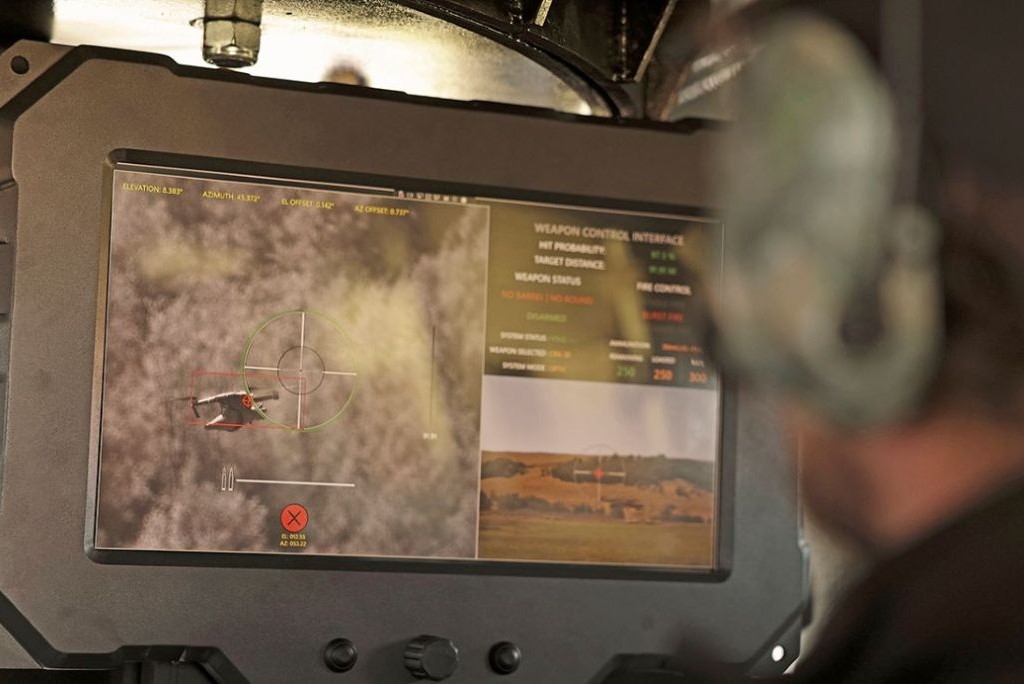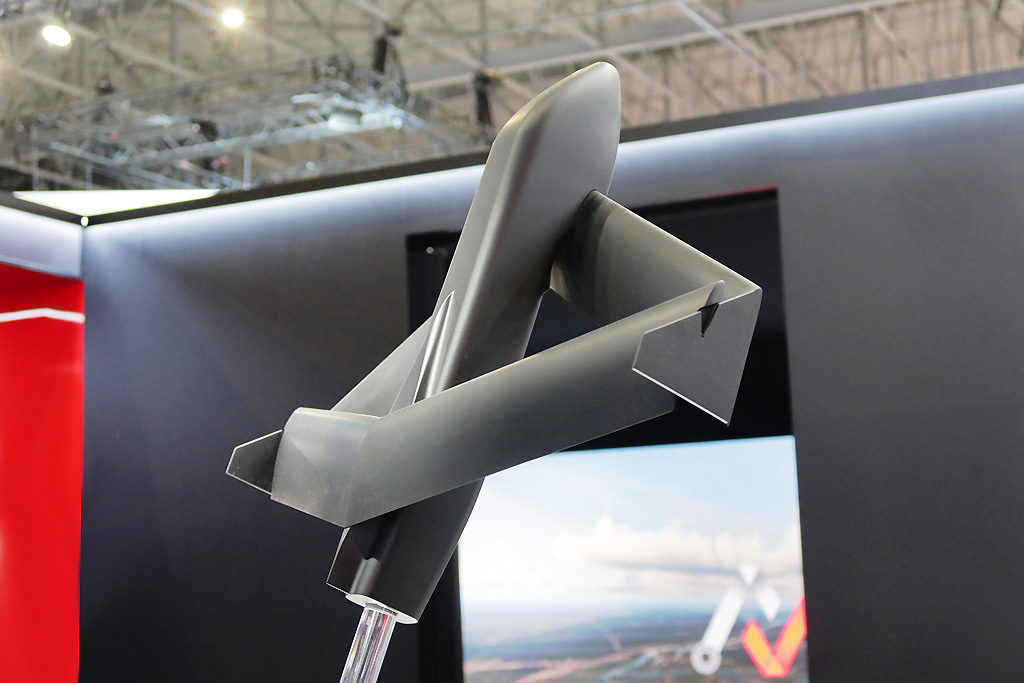Analyzing the Interstellar Object 3I/ATLAS: Implications for National Security
Background on 3I/ATLAS
Around October 30, 2025, the interstellar comet known as 3I/ATLAS reached its closest proximity to the Sun, approximately 130 million miles away. This remarkable object, first detected by NASA’s Asteroid Terrestrial-impact Last Alert System (ATLAS) telescope in July 2025, has prompted intense scrutiny and speculation regarding its origin and trajectory.
NASA’s Assessment
The Planetary Defense Coordination Office promptly assessed the object, concluding that 3I/ATLAS poses no threat to Earth. In a briefing, Nicky Fox, Associate Administrator of NASA’s Science Mission Directorate, emphasized that this comet is positioned at a distance greater than twice that between Earth and the Sun.
Key Findings
- Comet Identification: NASA’s initial analysis confirmed that the object exhibits typical cometary behavior. There has been no evidence to suggest that 3I/ATLAS is of technological origin, allaying concerns typical of unidentified aerial phenomena (UAP).
- Visual Documentation: In a recent virtual event, NASA officials unveiled high-resolution images of the comet captured by various spacecraft, illustrating a distinct glowing mass with a diffuse trail. This visual data was collected between late September and October 2025.
Despite achieving significant public interest, there was a delay in the release of data and imagery due to an extended government shutdown, which heightened curiosity and speculation around the comet.
Scientific Significance
The peculiar characteristics of 3I/ATLAS mark it as a subject of considerable scientific intrigue. Fox remarked on the potential implications of its origins, suggesting that it may date back to before the formation of our solar system, thus offering insights into cosmic history.
Observational Efforts
NASA is employing a robust array of observational assets, including:
- Hubble Space Telescope
- James Webb Space Telescope
- Perseverance Mars Rover
- Multiple missions such as Lucy, Psyche, and Parker Solar Probe
Fox indicated there will be additional opportunities for observation as 3I/ATLAS continues its trajectory through the solar system, approaching Jupiter in spring 2026.
National Security Considerations
In a notable intersection of science and security, the U.S. Department of Defense has maintained an interest in the comet, particularly through the All-domain Anomaly Resolution Office (AARO). This office focuses on unidentified objects across various domains and their potential implications for national security.
Relevance to Defense
- The Pentagon closely monitored 3I/ATLAS, although AARO determined that its trajectory and characteristics did not align with their mandate concerning UAPs.
- As interstellar objects become more frequently observed, the capability of the military and space agencies to analyze and respond to potential threats may need to adapt.
Future Prospects
Kelly Fast, NASA’s Acting Planetary Defense Officer, indicates that advances in observational technology will likely lead to a rise in the detection of interstellar objects passing through our solar system. The impending launch of NASA’s Near-Earth Object Surveyor mission will enhance capabilities for this type of observation.
Strategic Recommendations
- Enhanced Collaboration: Strengthening the partnership between NASA and the AARO could yield richer data on interstellar phenomena and their implications for national security.
- Public Engagement: Maintaining transparency and regular updates during the investigation of such objects could help manage public curiosity and mitigate speculative narratives.
3I/ATLAS serves not just as an astronomical curiosity, but as a reminder of the unknowns that still exist within our universe. Its study may not only enrich our understanding of celestial mechanics but also fortify our strategic preparations for various security scenarios emerging from outer space.





